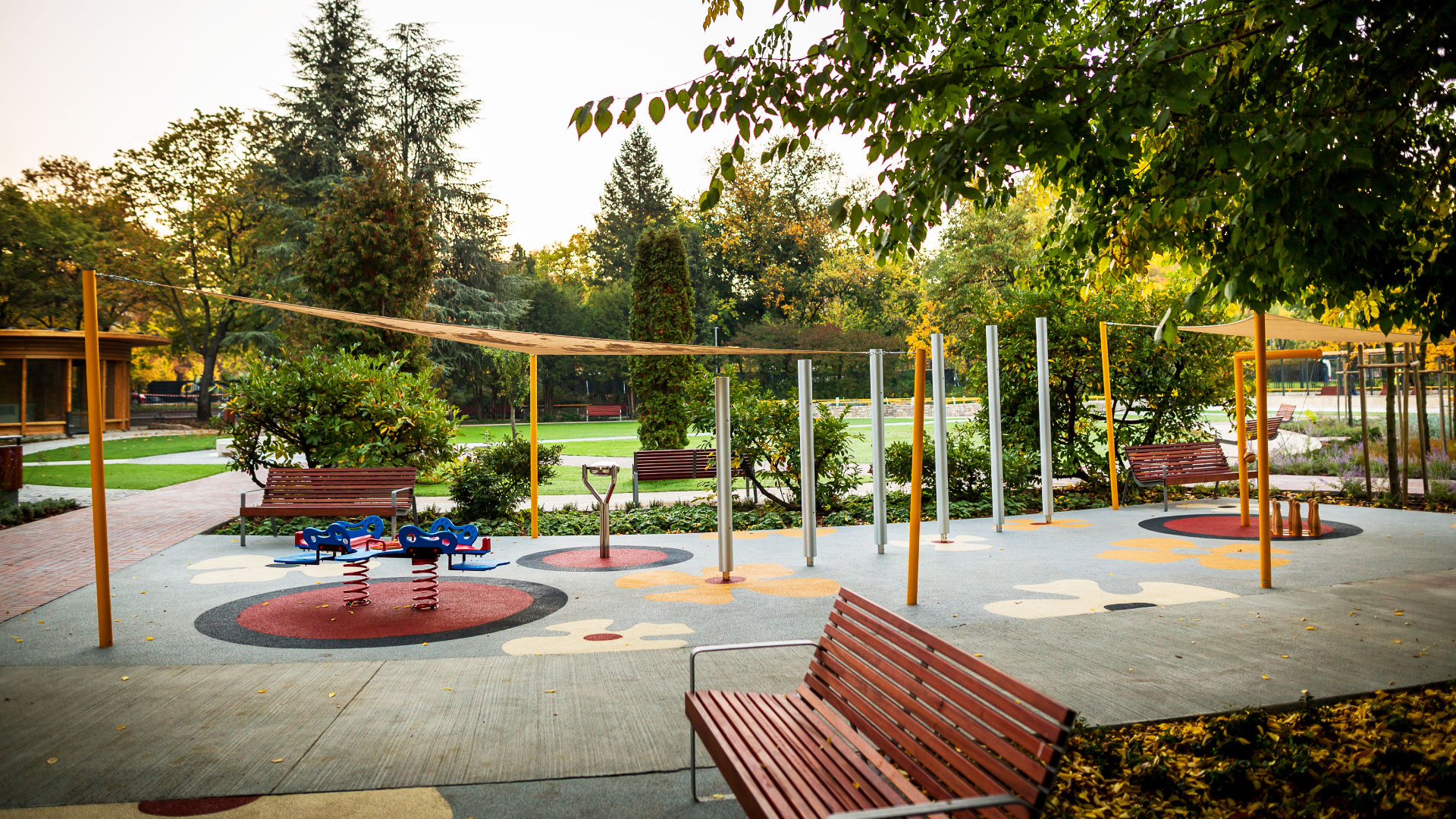What Urban Parks Would Be Like If Designed by Visually Impaired People
Urban spaces, parks, and other green areas are used by all town dwellers, whether intentionally or not. However, we cannot say with the same certainty that municipal leaders fully involve all citizens in discussions about urban development or improvements to park accessibility. Researchers from the HUN-REN Centre for Economic and Regional Studies (HUN-REN CERS), in collaboration with their colleagues in Debrecen, set out to explore the challenges faced by individuals with visual impairments when seeking outdoor recreation opportunities in Budapest or larger towns in Hungary.
Researchers from HUN-REN CERS and the Faculty of Science and Technology at the University of Debrecen conducted a study on the use of urban parks by blind and visually impaired people, published in the Journal of Urban Design. Their questionnaire-based research, conducted with the help of the Hungarian Federation of the Blind and Partially Sighted, found that blind and visually impaired people frequently visit urban parks, primarily for recreation, to enjoy nature, and for social interaction and community events.
The survey showed that although people with visual impairments are more satisfied with public transport than with pedestrian infrastructure, they would still welcome improvements to the former. According to them, making public transport more accessible is crucial. For example, announcing the names of stops would be a great help, as this is not yet a standard feature in all cities, according to the respondents.
If they choose not to use public transport for outdoor recreation, visually impaired respondents encounter situations as pedestrians that make mobility more difficult. They believe there is a strong need for pavements to be renovated, tactile paving to be installed, and for crossings and junctions to be made more accessible. Regarding the usability of parks and green spaces, they suggest that constructing high-quality, regularly maintained, and cleaned paths would be a useful step, along with adding tactile markings along these paths to aid navigation. Most of the suggested improvements are not considered specialised and would likely be appreciated by all residents.

Source: ligetbudapest.hu
In addition, as in many areas of everyday life, visually impaired individuals believe it is important to raise awareness among sighted people, so that they can better understand the challenges that make pedestrian mobility and park use more difficult for blind and visually impaired people in urban environments.
Based on respondents' feedback, the Budapest Sensory Garden stands out as a positive example. Opened in 1972 on a one-hectare site in the City Park (Városliget), it was completely reconstructed in 2018 as part of the Liget Budapest Project, adhering to the original design concept. As such, it can serve as a reference for future park developments that aim to meet the needs of the visually impaired.
Unfortunately, the research also highlighted problems outside the scope of urban planning, park design, and accessibility. According to visually impaired people, vehicles parked on pavements, as well as people riding bicycles or scooters there, pose significant challenges to their safe mobility. Raising public awareness is therefore just as important as improving infrastructure.

